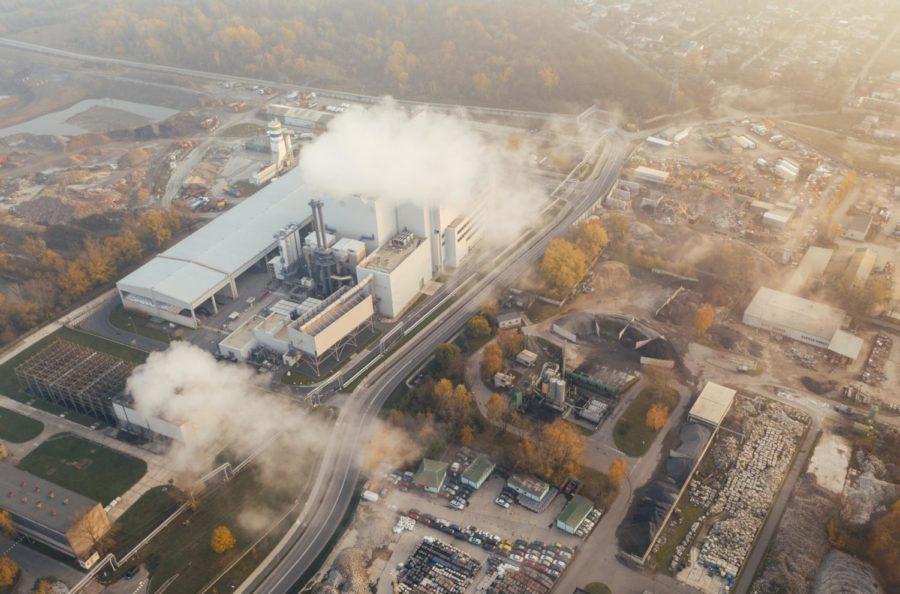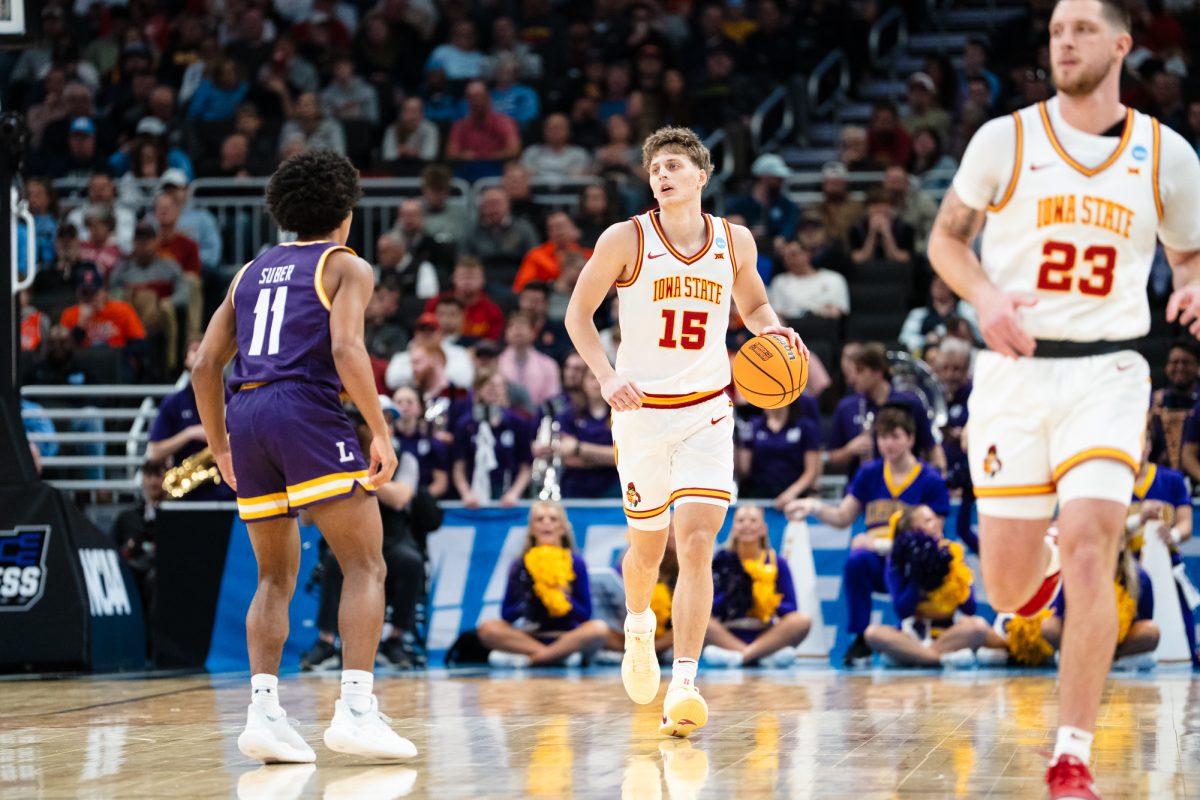Schmitt: Corporate pledges of carbon neutrality take credit from agriculture
October 24, 2021
From Amazon to Apple to Microsoft, multiple corporate giants are scooping up carbon offsets in their pledge to reach carbon neutrality. This strategy has put agriculture as a critical factor helping the Earth’s atmosphere. While this offers farmers, ranchers and foresters a new opportunity to make money, it shifts the responsibility of cleaner production from one industry to another.
To offset their emissions, companies purchase carbon credits sold by companies, such as Indigo Ag, Truterra, a subsidiary of Land O’ Lakes, and Nutrien.
Carbon credits are generated through carbon sequestration, where atmospheric carbon is captured in the soil. Farmers promote carbon capture by using sustainable agricultural practices that promote soil health, which qualify them for programs that sell carbon credits. Some of those practices include:
No-till
Farmers traditionally use a plow or a disc to break and fluff the soil following harvest in the fall. If they don’t do this in the fall, they may do it in the spring before planting. However, tillage can lead to erosion and reduce organic matter in the topsoil.
By choosing not to till their field, farmers promote biological diversity when leaving crop residue on the surface.
Cover Crops
Farmers can also reduce soil erosion by planting cover crops with their main crops like corn or soybeans. Having more plants and roots in the soil promotes soil health and the amount of carbon an acre of land can hold.
Trees
Having more trees on a farm increases the capacity of that farm to sequester carbon back into the soil. This also allows foresters to get involved and receive the benefits of getting paid for carbon credits just by continuing what they have already created.
As reported by the Wall Street Journal, according to a survey of project developers conducted by Ecosystem Marketplace, global companies spent $107.2 million on carbon offsets during the first three quarters of 2021. That compares with $72.1 million spent in 2020 to offset carbon emissions.
To be clear, carbon-neutral does not mean that a company is emitting zero carbon emissions. It means that they are emitting the same amount of carbon that they are offsetting through the purchase of carbon credits.
That means companies can advertise their carbon neutrality without actually changing the way they operate. I don’t want to take credit away from Microsoft and Apple, which have plans to reduce their carbon footprint. However, while they are praised for pledging carbon neutrality and generating more sales, farmers and ranchers are still demonized for their practices, especially with animal agriculture and methane emissions.
Americans or other citizens worldwide that partake in materialistic lifestyles like to prop up their veganism or vegetarianism and throw aside the fact that agriculture can reach carbon neutrality and negative carbon emissions that they sell to companies. Some may opt to pass up eating a hamburger but be one of the first to buy the latest technology.
Meanwhile, farmers have increased their participation in biofuel usage. Soybeans are a great source to create biodiesel, while corn is known for creating ethanol. Both renewable fuels offer an option at the pump that generates less greenhouse gas emissions after combustion.
In August, many people around the world celebrated the third anniversary of Greta Thunberg’s emergence into the public spotlight revolving around climate change. The young climate activist became famous for yelling at old men during the UN Climate Action Summit in 2019. While she continues to make a name for herself, receiving praise and money, the agricultural industry works tirelessly and produces more results than Thunberg.
Carbon neutrality is a great marketing strategy that benefits both corporate giants and farmers that can afford to implement new practices in their operations. But the next time you choose to purchase products from companies that market themselves based on net-zero carbon emissions, remember where their final offsets come from.







